Kick back for a moment with this Earth UnPlugged video from BBC Worldwide.
First published last August, it compares the flight styles of peregrines and ravens using slow motion high definition video. You’ll see how the peregrine is built for speed and precision, the raven for aerobatics.
Another difference, something you can’t see, is in their attitude toward the flight exercise. Both are trained birds but they have completely different reasons for participating — and it’s a difference between the two species.
The peregrine is all business. He’s hunting and focused, no playing around. He associates with his trainer for business reasons and has a radio tag in case he decides to leave.
The raven is out there for social reasons. He’s spending time with his favorite “raven,” doing some cool maneuvers to capture airborne food, flying along with his mate. (The raven considers his trainer to be his mate.)
The radio tag is also a subtle key to these individual birds’ personalities. The young peregrine could hunt anywhere. If he breaks training he’ll fly away. The raven is so bonded to his “mate” that his trainer knows he’ll never leave.
Enjoy the video. Happy Friday!
(video by Earth UnPlugged, a BBC Worldwide channel on YouTube)
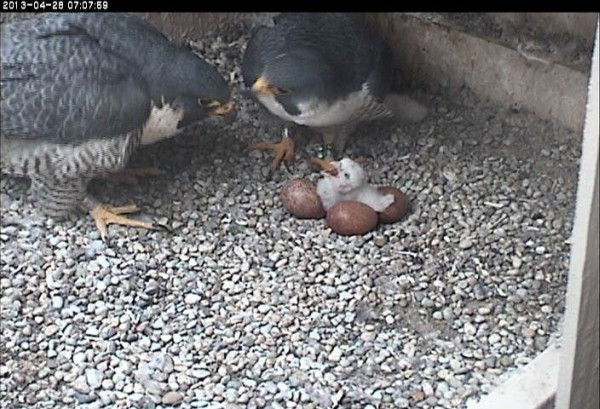
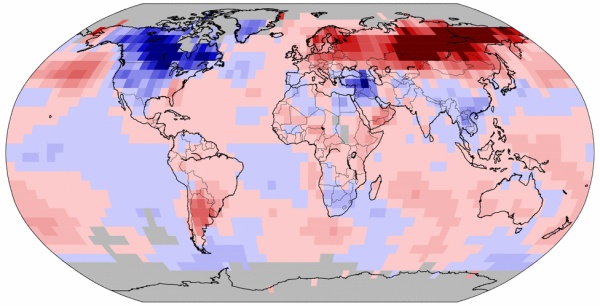
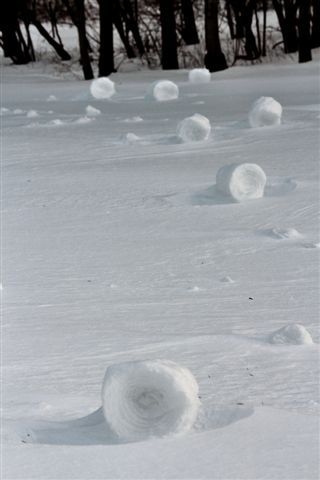
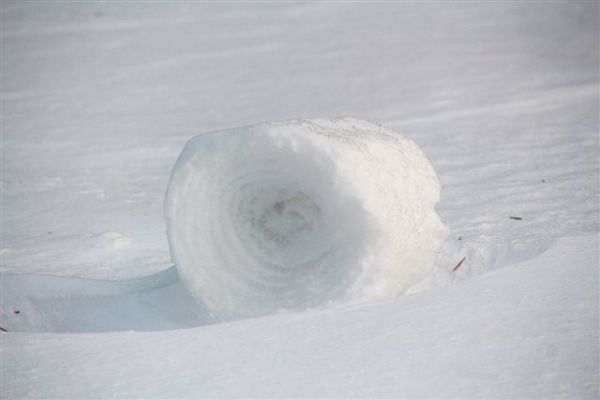

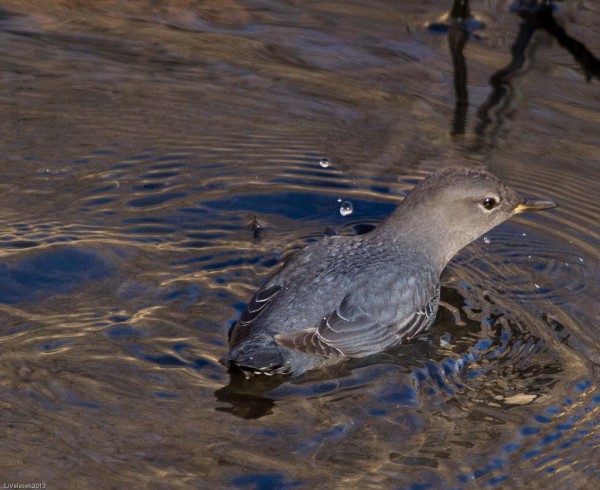
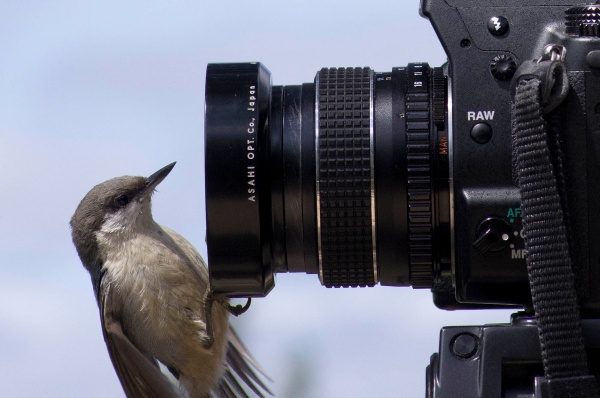
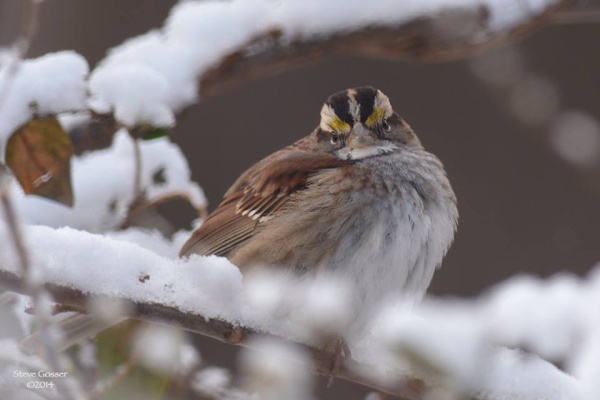
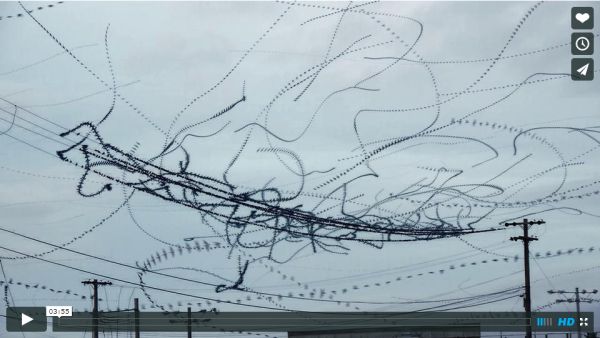
 One week from today on January 30 at 7:30pm, WQED’s
One week from today on January 30 at 7:30pm, WQED’s